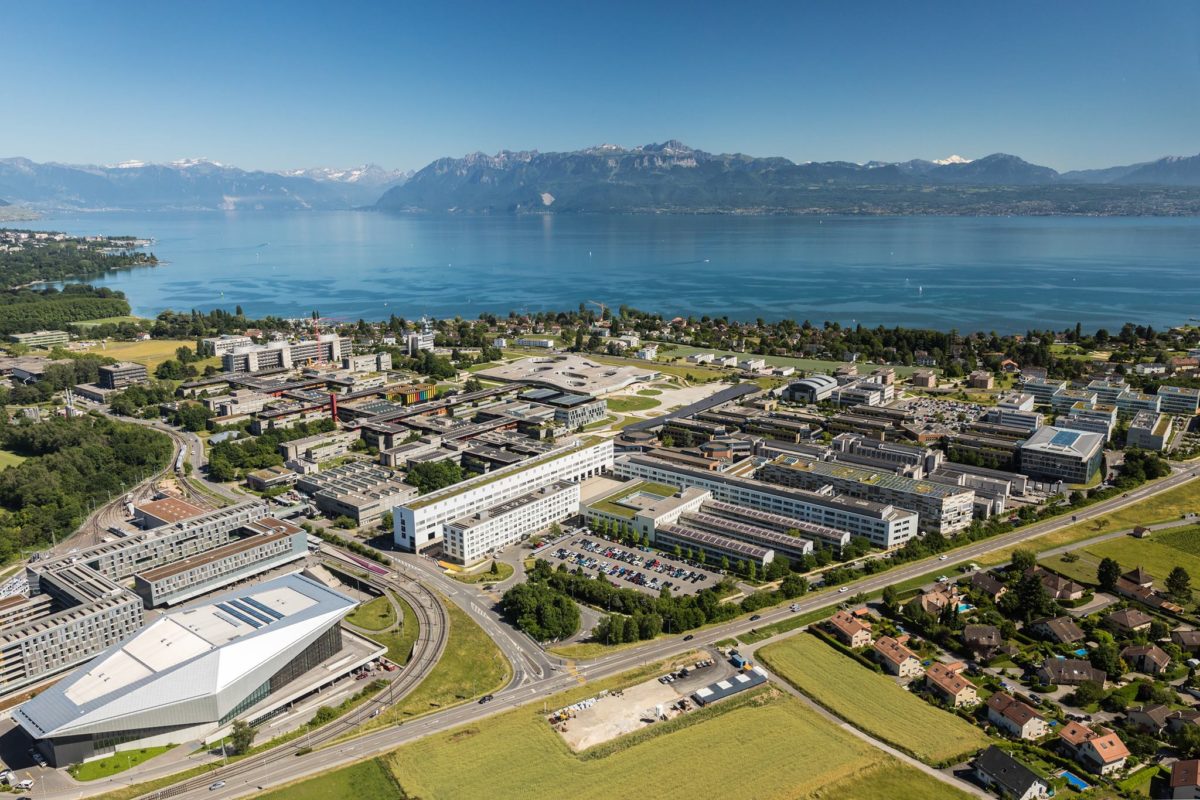
Scientists led by Switzerland’s École Polytechnique Fedérale de Lausanne (EPFL) demonstrated a simple approach to designing the interface between two layers in a perovskite solar cell, which was shown to improve both the performance and stability of the device. Solar cells fabricated by the group achieved 23.4% conversion efficiency, and were operated for close to 6,000 hours before degrading beyond 80% of this initial value.
As understanding of perovskite solar cells improves, scientists are looking ever more closely into the materials to understand the mechanisms at work and identify factors that limit performance, and potential routes for improvement.
Recent research has identified the interface between the active perovskite material and other cell layers as the source of much performance loss. “…the ‘soft’ interface between the perovskite layer and charge transporting layer (CTL) is one of the major bottlenecks that limit operational stability and device longevity. The defects at this interface cause non-radiative recombination and thus lead to performance loss,” explained scientists at the Swiss Federal Institute of Technology Lausanne (EPFL) in a newly published paper. “In addition, these interfacial defects promote the diffusion of halide ions across the interface into the CTL, which adversely affect the long-term operational stability.”
The group set out to address this challenge by adding a new layer to passivate defects at the interface between the perovskite and charge transport layers. A material called 2,5-thiophenedicarboxylic acid ligand was coated on top of the perovskite layer, and shown to effectively passivate interface defects, and improve the cell performance and stability.
Long-term stability
The research is described in full in the paper Nanoscale interfacial engineering enables highly stable and efficient perovskite photovoltaics, published in Energy & Environmental Science. The cells reached an initial efficiency of 23.4%. After 1,440 hours under continuous one-sun illumination, the unencapsulated cells had retained 87% of their initial performance value. Control samples produced without the additional passivation had lost more than 60% of their initial performance after 600 hours of illumination.
Popular content
After an initial ‘burn in’ performance loss of around 8% over the first 50 hours, which EPFL says is a common feature of perovskite solar cells, the devices lost only another 5% over the next 1350 hours. By tracking the performance after the burn in period, the group showed that the device could operate for 5950 hours before degrading beyond 80% of its initial performance.
The group expects its work to open up new possibilities in investigating materials for interface passivation of perovskite devices, and more work to improve understanding of ion migration in the materials. “Overall, the scientific outcomes from this work are expected to have far researching consequences and initiate substantial further investigations in materials science, self-assembly, energy conversion, and optoelectronics, particularly to the development and understanding of functional nanoscale structures and interfaces of metal halide perovskites,” they conclude.
This content is protected by copyright and may not be reused. If you want to cooperate with us and would like to reuse some of our content, please contact: editors@pv-magazine.com.
"interface" - Google News
September 24, 2021 at 08:50PM
https://ift.tt/3o4kw5b
Interface engineering for a stable, 23.4% efficient perovskite solar cell - pv magazine International
"interface" - Google News
https://ift.tt/2z6joXy
https://ift.tt/2KUD1V2
Bagikan Berita Ini














0 Response to "Interface engineering for a stable, 23.4% efficient perovskite solar cell - pv magazine International"
Post a Comment